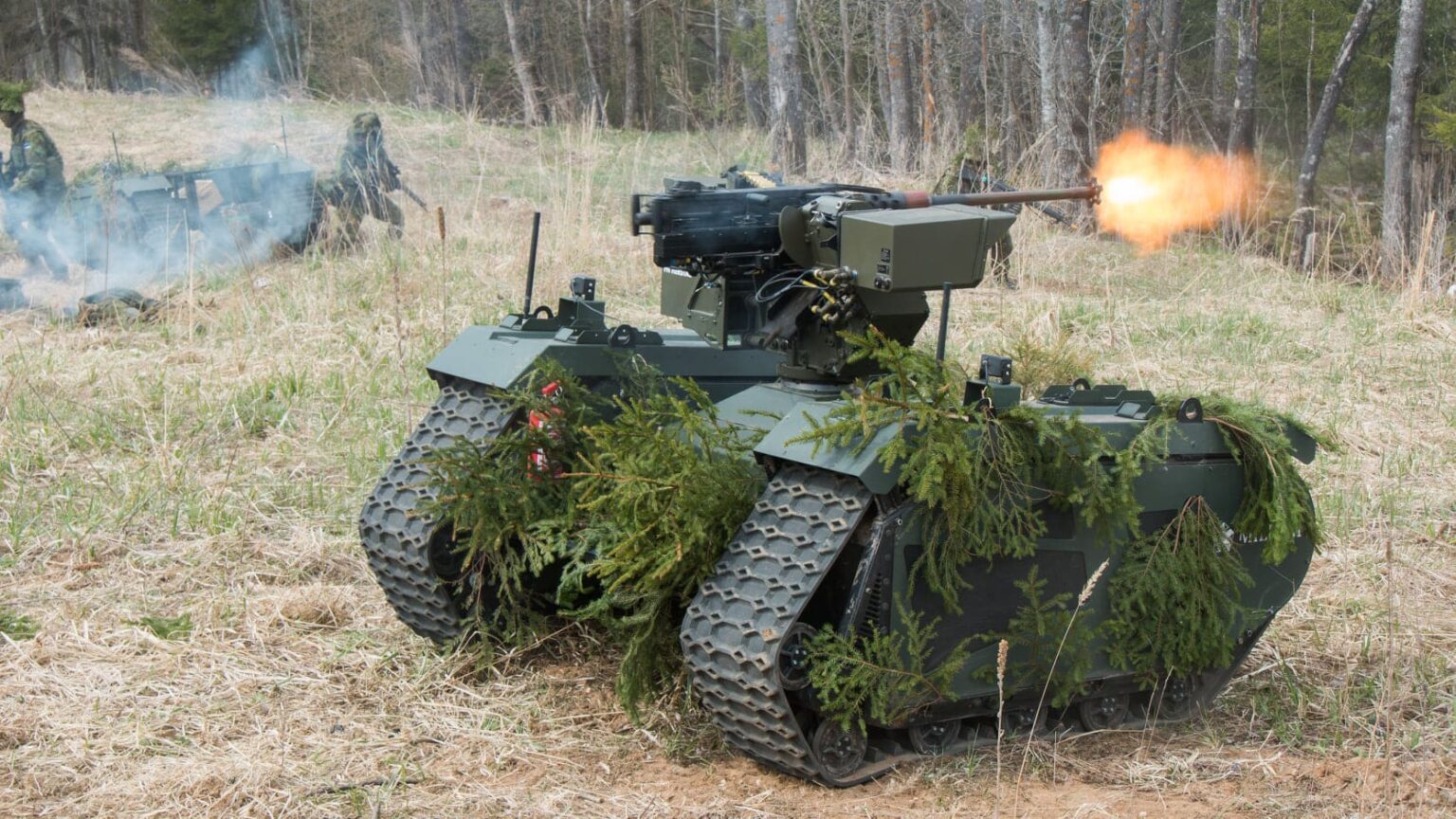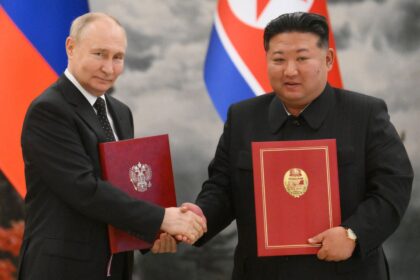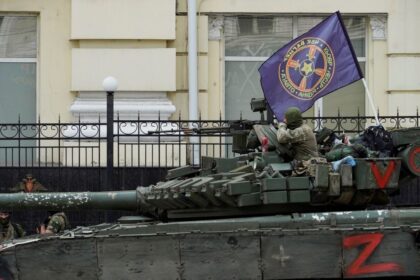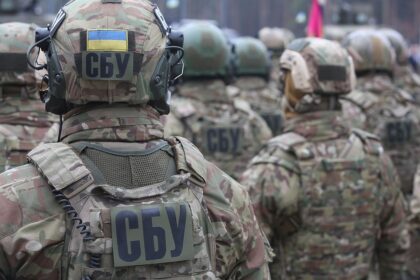This text discusses the use of Artificial Intelligence (AI) in military combat roles, highlighting its applications and implications. Here are the key points:
**1. AI-Powered Unmanned Ground Vehicles (UGVs)**:
– UGVs are being developed with AI for autonomous navigation, terrain mapping, and object recognition.
– Companies like iRobot and Shield AI are creating robots that can navigate complex environments, reduce human risk, and enhance combat effectiveness.
**2. Autonomous Air Defenses**:
– AI is enhancing air defense systems to automatically track and engage targets, reducing response times and improving accuracy.
– Examples include the Israeli Iron Dome system and the US Army’s Indirect Fire Protection Capability (IFPC).
**3. Autonomy in Contested Electronic Environments**:
– Military forces are developing UAVs that can operate autonomously in GPS-denied environments, using AI for simultaneous localization and mapping (SLAM) and object recognition.
– Companies like Shield AI are creating drones like the MQ-35 V-Bat, designed to navigate complex urban areas or maritime environments.
**4. AI-Enhanced Intelligence, Surveillance, Reconnaissance (ISR)**:
– AI is transforming data analysis in military settings by automatically processing, filtering, and identifying patterns in data.
– The Pentagon has allocated significant budgets for AI-driven ISR and related domains like cyber defense and logistics optimization.
The text also addresses the importance of these developments:
* **Autonomous Navigation**: Allows UGVs and UAVs to operate more independently, freeing personnel for other tasks.
* **AI in Contested Environments**: Enables operations in GPS-denied or electronically contested environments, crucial for effectiveness against sophisticated adversaries.
* **AI-Enhanced ISR**: Dramatically speeds up the process of turning raw data into actionable intelligence.
Additionally, it highlights the ethical concerns and regulatory challenges associated with military AI systems:
* **Autonomy Concerns**: Questions around autonomous lethal weapons (LAWS), accountability when AI makes errors, algorithmic bias, and an accelerated pace of conflict.
* **Targeting and Civilian Protection**: The challenge of distinguishing between military targets and civilians using sophisticated computer vision and pattern recognition algorithms.
Lastly, the text emphasizes that AI is not only used in expensive equipment but also in low-cost systems like FPV drones and automated counter-drone turrets, making advanced military capabilities more accessible.












